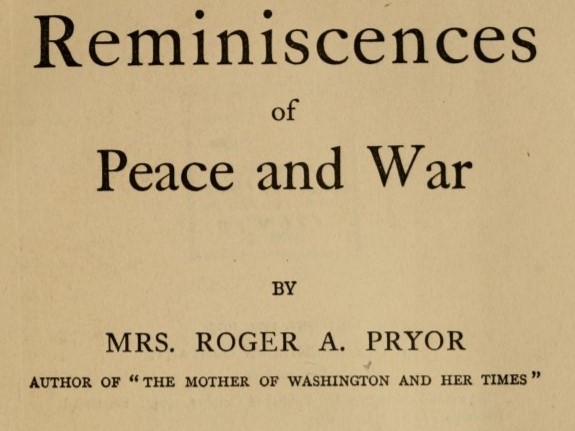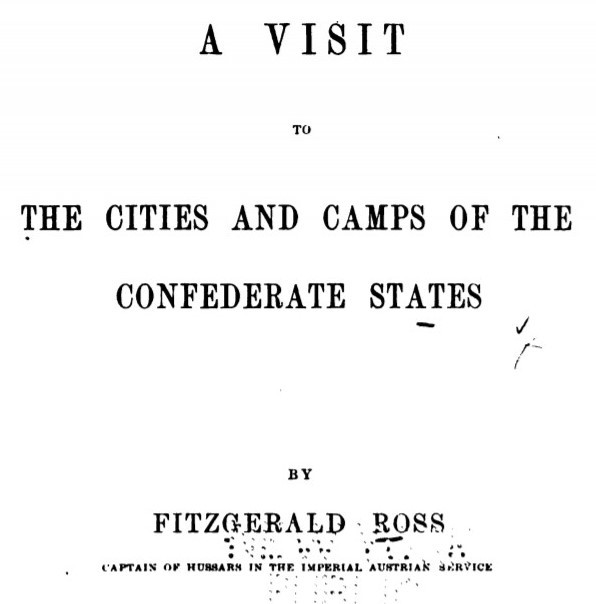Blockade Runners
The Union naval blockade started shortly after the start of the American Civil War. It stopped the export of cotton, communication, and led to the creation of "blockade runners," a term for stealthy and small ships that "ran" the blockade. The Union also enforced a land blockade.
Reminiscenes of Peace and War
The account of Sara Agnes Rice Pryor, a Virginian women, as she recounts various strories of the war, and before. She discusses politics, war struggles, battles, and her own personal life.
Blockade running wasn't only from the North to the South. Traveling in the night to avoid being seen, they commonly traded in places in the Caribbean, like Bermuda, or Nassau (Bahamas). In addition, alothough there was no official support, England would trade things like rosin, newspapers, and tobacco with blockade runners.
Due to the blockade, there was a lessened global cotton supply, leading to it becoming a common material to trade for various supplies. One runner recounts, "We took on a miscellaneous cargo, among which was a full outfit for a regiment of cavalry— saddles, bridles, blankets, holsters, pistols, carbines, boots, spurs, and halters — and a crew of Canadians, a pretty tough bunch, but good seamen." Medical supplies, such as morphine, were snuck in to send to hospitals and the sick often.
Women also played a key role in blockade running. In some cases, they would hide supplies in parts of their dress, or in carts. Additonally, even if they used third parties to do the actiual smuggling, women were often the distributors of the goods. Merchandise was also auctioned by blockade runners.
A Visit to the Cities and Camps of the Confederate States
An account of European visitor Fitzgerald Ross, as he tours Confederate military lines, cities, and active battlefields and invasions, from the spring of 1863 to spring 1864. Ross documents military movements, supply issues, and the daily life of those around him.
Tales of the Cape Fear Blockade (not in Haskell Monroe)
A chapter from the North Carolina Booklet which describes the blockade, runners, and surronding events. One section, 'Ports of Refugee,' offers a description of blockade runner 'Confederate Streamer Lillian' and the boats escape during a chase from a Union streamer.

